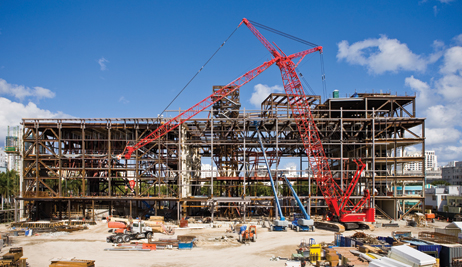Higher wages and an educated worker pool may lead to safer construction worksites, according to coloradobuildermag.com.
An analysis conducted by John Mendeloff, professor of public affairs at the University of Pittsburgh's Graduate School of Public and International Affairs, and Wayne Gray, professor of economics at Clark University and executive director of the Boston Census Research Data Center, shows states where wages were 20 percent higher had construction fatality rates that were 1.2 times lower than other states during 1994-2014. Additionally, in states where 10 percent or more of construction workers had a high school education, fatalities were 2.1 times lower.
Mendeloff and Gray wondered about the role public policy played in construction fatalities and how policy could be manipulated to reduce the rate of fatalities in the U.S. For the analysis, they considered the effect enforcement activity by the Occupational Safety and Health Administration and by states operating an OSHA-approved state plan have on fatal injuries.
"This is pretty important, because obviously if we can reduce the high-rate states down to the low-rate or even the middle, we'd be able to save hundreds of deaths each year," Mendeloff said during a January webinar hosted by the Center for Construction Research and Training (CPWR).
The analysis also found that when 9 percent of workplaces were inspected, compared with 6 percent of workplaces, fatalities fell by a factor of 0.4. Additionally, states where heavy construction accounted for a lower percentage of construction had lower fatality rates, and larger firms and states with higher employment growth or an older workforce experienced higher fatality rates.
The report found that states with high injury rates have low fatality rates, and vice versa.
"Essentially, there's bad reporting in some states, and those states, not coincidentally, also happen to be the ones that don't do a very good job of preventing injuries," Mendeloff says.
In some states, workplace safety programs are enforced by an OSHA-approved state plan rather than by OSHA itself; the analysis found such states had fewer fatalities.





